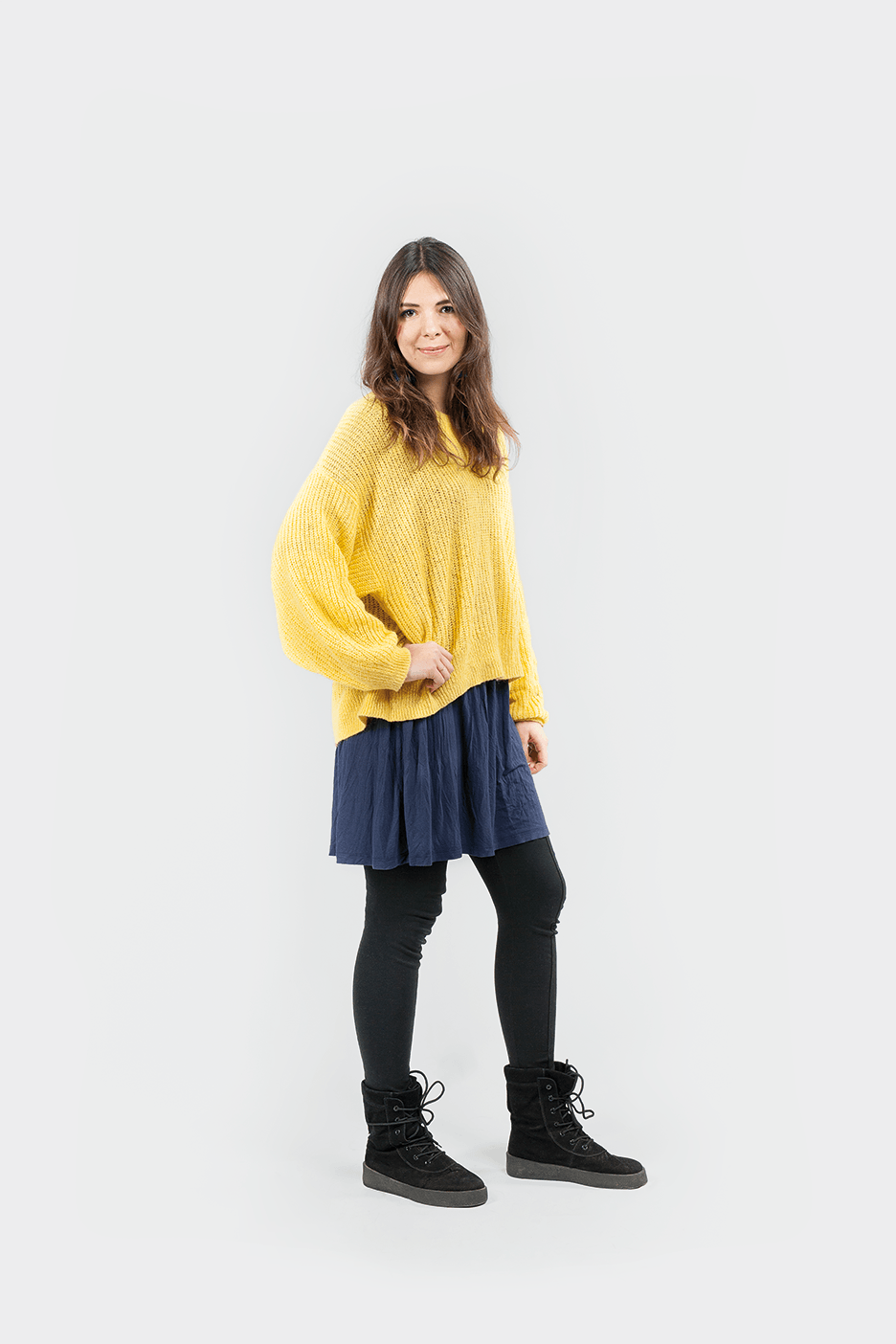



History of BWA in Jelenia Góra. An attempt to synthesize
The history of Jelenia Góra BWA is one of many stories of the gallery network created in the times of PRL. It is a story about an institution located many kilometers away
from the centre. Jelenia Góra is exactly 455 km away from the capital. In the times of the People’s Republic, despite the central planning, the gallery was really far from the centre. During the August strikes, and then the martial law, the information blockade slowed down any information flow and moved the mountain town away from the artistic life of the capital city or even from geographically closer Wrocław. The “new wave” of wild painting from the late 1980s also did not flow into the Deer Mountain Valley. BWA was then poorly subsidized, but at that time the main barrier to development was the policy of the then director, who separated the institution from artistic events of larger centres due to the attempt to uphold the modernist vision that art is an autonomous field. After the fall of communism, Janina Hobgarska together with her team brought Jelenia Góra closer to the mainstream of artistic life. The beginning of her term coincided with political breakthrough in Poland. The real changes were under development until the beginning of the twenty-first century, when the new programme, operating to this day, has been finally shaped. BWA is already close, or maybe even already in, the centre of Polish artistic life. Also physically – a Pendolino train travels from Warsaw to the Giant Mountains in five and a half hours.
The specificity of the BWA in Jelenia Góra is due to the fact that in Jelenia Góra it is the only gallery that has a statutory obligation to disseminate the contemporary art. Therefore, it is an important spot on the cultural map of the city, its residents have no alternative to BWA. That is why this institution goes beyond the framework of a traditional gallery, which is now a frequent occurrence, but in BWA’s programme diversity has been present since 1999. In times of PRL, the gallery expanded its offer mainly through educational activities. After the analysis, it turned out that the mythologized period of censorship and central planning was not the main determinant of the history of this time. From the very beginning of the institution’s existence, the location at the foot of the Karkonosze Mountains and the spa character of the city meant that artists and people of culture were eager to come to the BWA. This mechanism has been in place to this day. The BWA as an institution of culture, is also a place considered to be a tourist attraction, however, despite the dependence on the authorities of the city, BWA does not commercialize, it does not turn into one of many already existing cultural centres in Jelenia Góra. The BWA has played an important role as an institution disseminating contemporary art in the city, region and Poland. It has built the cultural identity of the region and strengthened the tourist industry, which is one of the main driving forces of the city’s development.
The history of BWA can be read in many ways, but it refutes the black-and-white division into “evil” PRL and “good” times after 1989. As I show in my dissertation – the gallery used to struggle with many problems at the beginning of its existence, and the political transformation often did not bring solutions to them. It is worth noting that these were not political problems, but first and foremost financial ones. Also, the events in the centre of the country were not strongly experienced by BWA. The boycott of official artistic institutions, introduced in April 1982, was an empty slogan for many local artists and did not result in rejection of cooperation with the only gallery of contemporary art at the foot of the Karkonosze Mountains. Despite central planning and crises in the artistic environment, BWA had its own program that it implemented. After the political breakthrough, the gallery, despite many changes in its forty-two-year history, did not try to reject its roots, as evidenced by leaving the original name or continuation of many traditions, for example organizing exhibitions from weaving workshops in Kowary, which still take place despite the shutdown of the carpet manufacturing facility. The early times of the gallery are perceived by the artists creating both then and now as a very important moment in the artistic life of the region. Today’s good standing of the gallery and its rich program based on popularizing contemporary art result from the long-term work of the team, whose core for thirty years was Janina Hobgarska, until her retirement dynamically implementing the mission statement of showing contemporary art.
Despite the great development and rich offer of BWA for many social groups, the popularity of the institution among young people is decreasing, which according to Janina Hobgarska is its main challenge. For thirty years she watched Polish art closely, and in the Karkonosze Mountains together with her team decided what would be presented locally. The gallery is known in Poland for its photo exhibitions. This is thanks to the director of Hobgarska, a member of the Association of Polish Art Photographers which is very active in Jelenia Góra. The supposed increase in the number of photography shows during her term of office is an illusion – the gallery has always shown photographic works. Thepopularity of the medium of photography in the Valley is closely related to the picturesque landscapes of the Karkonosze Mountains, a way to make them immortal.
The first exhibition organized at BWA in 1977 lasted one month. According to the report on the activities of the BWA for the provincial Department of Culture and Arts, about 3800 people visited it. At that time, there were 82,700 inhabitants in Jelenia Góra, which is similar today. The number of people who visited the gallery in 1977 was several times higher than in later years. In the first period of BWA’s operation, the number of visitors to one show oscillated between 2000 and 4000. Nowadays the most popular are exhibitions of recognized, canonical artists. However, this is a broader issue, not original for the Jelenia Góra BWA.
Educational activities in the PRL and later have developed a wide circle of recipients of contemporary art. Today’s standing of art education, or rather its lack, causes the contraction of the circle of recipients of contemporary art in the Karkonosze Mountains. However, thanks to such centres as Jelenia Góra BWA, contact with contemporary art is still possible. Even at the outskirts of Poland.

(born 1993)
Studies at the Faculty of Visual Culture of the Academy of Fine Arts in Warsaw (first-cycle 2013-2016, second-cycle 2016-2018). Interested in theoretical research in the fields of art, history of art, culture studies, architecture, urban planning, and visual culture. Co-creator of the international project Hack (y)our Border (2015) and the Universam Grochów Social Archive of the Place (with the Flâneur Research and Animation Association, 2015-2016). She represented the Warsaw-based local cell of the international organization European Alternatives during the Transeuropa Festival in Belgrade (2015). Co-operates with the editors of “Szumowiny” zine.